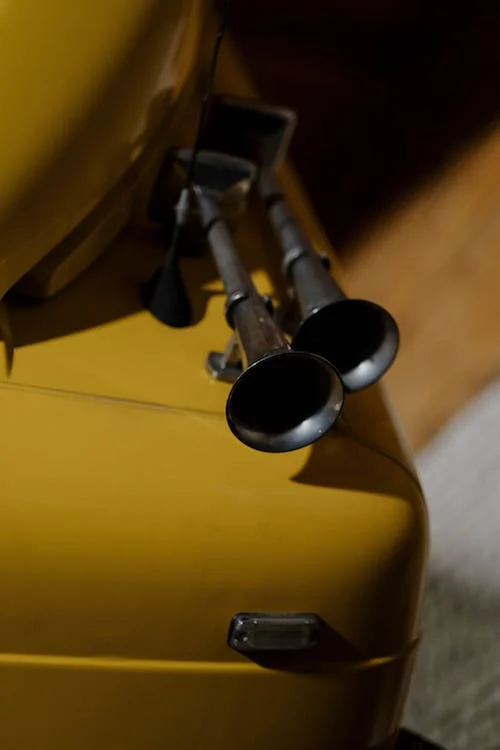Bombarde, or also known as the German Pumhart, English bombard or Pommer, is a double-reed wind instrument that belongs to the oboe or shawm family. Just like other shawms, the bombard has a broad and powerful sound that somehow resembles the sound of a trumpet. A person who plays a bombard is called as the talabarder and this was named after the talabard, which was the bombard’s old Breton name. In this article, we are going to learn more about the bombarde.
How to Play the Bombarde
The bombarde has a wooden body that ranges from 10 to 20 inches or 25 to 50 cm. It usually has six finger holes with one or two keyed holes located along its front. The bombard also has a wide and flaring metal bell along with a cane reed. In order to play this instrument you have to hold it in a position that is perpendicular to your body. After this, you will place the first three fingers of the left hand over the first three finger holes of the bombarde, while the first three fingers of your right hand will be placed at the three holes on the bottom. The little finger of your right hand will play the key at the bottom of the bombarde, and if there is no key is present, that same finger will have to cover the seventh hole. After placing your fingers at the right places, you need to place the reed between your lips and blow air into to the instrument to create a characteristically loud and powerful sound. The bombarde has a range of two octaves, with the upper octave produced by increasing the pressure of the air through the instrument.
Origin of the Bombarde
According to studies, the name bombarde is gotten from a piece of weaponry during the 14th century. When the 16th century came, series of shawms were built different in sizes that ranges from sopranino all the way to double bass. Because of this, the lower-pitched versions became known as the bombarde, while the higher-pitched instruments retained the name shawm. Bombardes are commonly found in Brittany, where it was traditionally played in duet with the biniou, which is a type of bagpipe. This ensemble are usually played at fairs or weddings by professional musicians, who are often called as sonerion in Breton and sonneurs de couple in French. Studies show that this type of ensemble begain in the 18th century and lasted until the mid-20th century, where a drum was included in the ensemble.
During the first part of the 20th century, the number of people interested in playing the bombardes and biniou kozh have significantly decreased. However, when Bagad, a specifically Breton ensemble of drums, bagpipes, and bombards, was started by well-known artists such as Polig Monjarret along with the organization Brotherhood of Musicians, was created it gave the bombarde a new role in the music scene. That is why up until today, most towns located in Brittany have one or more Bagadoù. In order to keep the tradition alive, they host a competition annually wherein groups have to compete with each other in a series of festivals and tournaments.
Today, bombardes comes in different keys, variants, and sizes. Today, there are also different variants of the bombarde and this include the lombarde and piston. Both of them gives off a softer sound so that the bombarde can accommodate other indoor ensemble settings.

